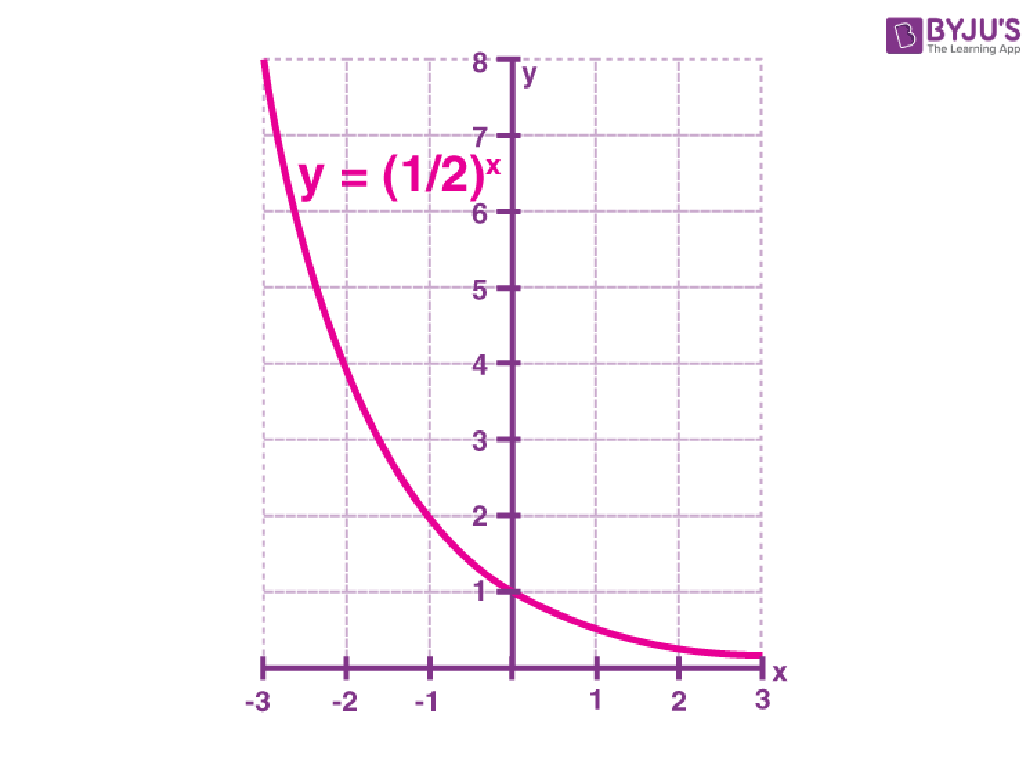Resonance And Acid-Base Chemistry
Subject: Science
Grade: High school
Topic: Organic Chemistry
Please LOG IN to download the presentation. Access is available to registered users only.
View More Content
Introduction to Organic Chemistry
– Explore Organic Chemistry basics
– Study of carbon compounds and their reactions
– Organic Chemistry in daily life
– Medicines, plastics, and foods all involve organic chemistry
– Focus on Resonance
– Resonance: delocalization of electrons in molecules
– Acid-Base Chemistry overview
– Acid-Base reactions: proton donors and acceptors
|
This slide introduces the vast field of Organic Chemistry, which is the study of carbon-containing compounds and their reactions. Highlight the omnipresence of organic compounds in everyday life, from the medicines we take to the plastics we use and the food we eat. Transition to the specific topics of resonance and acid-base chemistry, explaining that resonance is a concept describing the delocalization of electrons within molecules, which affects their stability and reactivity. Acid-base chemistry is fundamental in organic reactions, involving the transfer of protons between molecules. This introduction sets the stage for a deeper dive into how these concepts are pivotal in understanding organic reactions and their applications.
Understanding Resonance in Organic Chemistry
– Define resonance in chemistry
– Resonance: stabilization of a molecule by electron sharing between multiple structures
– Delocalized electrons explained
– Electrons spread over several atoms, reducing energy and increasing stability
– Resonance structures in molecules
– Benzene and ozone as classic examples of resonance
– Significance of resonance
|
Resonance is a key concept in organic chemistry that explains the stability of molecules with conjugated systems of electrons. It involves the delocalization of electrons across multiple atoms, allowing for the distribution of charge and reduction of overall energy. This slide will cover the definition of resonance, the role of delocalized electrons, and provide examples of common organic molecules that exhibit resonance structures, such as benzene and ozone. Understanding resonance is crucial for predicting the behavior of molecules in chemical reactions and their acid-base properties. Encourage students to visualize electron movement and consider how resonance affects molecular stability.
Resonance Structures in Organic Chemistry
– Drawing resonance structures
– Use arrows to show electron movement between atoms.
– Rules for resonance stability
– Atoms must maintain proper valence; electrons in p orbitals can delocalize.
– Benzene’s resonance practice
– Draw the two resonance structures of C6H6 showing delocalized electrons.
– Significance of resonance
– Resonance stabilizes molecules by delocalizing electrons.
|
This slide introduces students to the concept of resonance structures, which are a way to represent the delocalization of electrons within molecules. Start by explaining how to draw resonance structures, emphasizing the use of arrows to indicate the movement of electrons. Discuss the rules that govern resonance, such as the maintenance of proper valence and the ability of electrons in p orbitals to delocalize. Use benzene as a practice example to illustrate these concepts, as it is a classic case of resonance with its alternating double bonds. Highlight the importance of resonance in stabilizing molecules, which is a key concept in understanding the behavior of many organic compounds. Encourage students to practice drawing resonance structures to reinforce their learning.
Resonance Effect on Molecular Stability
– Resonance stabilizes molecules
– Delocalization of electrons through resonance leads to lower energy, more stable molecules.
– Significance of resonance energy
– Resonance energy: the energy difference between the actual structure and the most stable resonance structure.
– Comparing resonance structures
– Stability increases with more delocalization; compare the number of resonance structures and electron distribution.
– Resonance in acid-base chemistry
– Resonance affects acidity and basicity; stable resonance forms of conjugate bases make stronger acids.
|
This slide aims to explain the concept of resonance and its impact on molecular stability, which is a fundamental topic in organic chemistry. Resonance refers to the delocalization of electrons in a molecule, which can distribute the charge over a larger area, leading to increased stability. Resonance energy is a measure of this stabilization. When comparing resonance structures, the more delocalized the electrons are, the more stable the molecule. This concept is particularly important in understanding the strength of acids and bases, as the stability of the conjugate base often determines the acidity of a compound. Encourage students to think about resonance as a ‘spreading out’ of electrons to gain stability, much like spreading out the weight on a surface to prevent sinking.
Acid-Base Chemistry in Organic Compounds
– Acids and bases in organic context
– Organic acids donate protons; bases accept
– Electronegativity’s role in acidity
– Higher electronegativity can increase acidity
– Resonance effects on stability
– Resonance can delocalize charges, stabilizing the molecule
– Significance of pKa values
– pKa indicates acid strength; lower pKa means stronger acid
|
This slide introduces students to the fundamental concepts of acid-base chemistry within the realm of organic compounds. It’s crucial to understand that in organic chemistry, acids are molecules that can donate a proton (H+), while bases are those that can accept a proton. Electronegativity plays a pivotal role in determining the acidity of a molecule; atoms with higher electronegativity tend to increase the molecule’s ability to donate a proton. Resonance, the delocalization of electrons within a molecule, can also affect the stability and acidity of organic compounds. Lastly, the pKa value is a quantitative measure of acid strength; the lower the pKa, the stronger the acid. This concept is vital for predicting reaction outcomes and understanding the behavior of molecules in different environments.
Identifying Acids and Bases in Organic Chemistry
– Traits of acids and bases
– Acids taste sour, turn litmus red; bases taste bitter, turn litmus blue.
– Common organic acids and bases
– Acetic acid, citric acid; ammonia, pyridine.
– pKa values in reaction prediction
– Lower pKa indicates stronger acid; used to anticipate reaction direction.
– Acid-base reaction examples
|
This slide aims to provide students with a foundational understanding of the characteristics of acids and bases, as well as their common examples in organic chemistry. Emphasize the sensory characteristics and litmus test results for acids and bases. Introduce students to organic acids like acetic acid and citric acid, and bases like ammonia and pyridine. Explain the significance of pKa values in determining the strength of an acid and predicting the direction of acid-base reactions. Use examples to illustrate how a lower pKa value usually means a stronger acid, which can donate a proton more readily in a reaction. Encourage students to think of other common substances that might be acids or bases and to consider the practical applications of understanding acid-base chemistry in organic compounds.
Acid-Base Reactions and Mechanisms
– Mechanism of acid-base reactions
– Proton donors and acceptors interact to form new bonds
– Factors affecting reactions
– Temperature, concentration, and catalyst presence
– Esterification process
– Carboxylic acid reacts with alcohol to form ester
– Influence on reaction rates
|
This slide introduces students to the foundational concepts of acid-base reactions and the factors that influence them. The mechanism involves the transfer of protons between molecules, which is a key concept in understanding how new substances are formed. Factors such as temperature, concentration, and the presence of catalysts can significantly affect the rate and outcome of these reactions. An example of an acid-base reaction is esterification, where a carboxylic acid and an alcohol combine to form an ester, a process commonly taught in organic chemistry. This example helps students grasp the practical applications of acid-base mechanisms. Encourage students to consider how these factors might affect other reactions they know.
Class Activity: Exploring Resonance and Acidity
– Group task: Stable resonance structures
– Identify the most stable resonance structure in various molecules.
– Predict acidity using pKa values
– Rank given compounds from most to least acidic based on their pKa.
– Hands-on: Acid-base reactions
– Observe the reaction between acids and bases, noting color change or temperature.
– Discuss observations and conclusions
|
This slide outlines a class activity designed to deepen students’ understanding of resonance and acidity in organic chemistry. Divide the class into small groups and assign each group a set of molecules to analyze for the most stable resonance structure. Provide a list of compounds for students to rank according to acidity, using pKa values as a guide. For the hands-on experiment, prepare a safe acid-base reaction that students can conduct, observing any physical changes like color shifts or temperature variations. After the activities, regroup to discuss the findings and reinforce the concepts of resonance stability and how it affects acidity. Possible activities: 1) Drawing resonance structures for different molecules, 2) Using molecular model kits to visualize structures, 3) Comparing the acidity of carboxylic acids with phenols, 4) Neutralization reaction between vinegar and baking soda, 5) pH testing of household substances.
Conclusion: Resonance & Acid-Base Chemistry
– Recap: Resonance in molecules
– Resonance stabilizes molecules by delocalizing electrons
– Recap: Acid-Base fundamentals
– Acids donate protons, bases accept them; pH scale measures acidity
– Engage in Q&A session
– Homework assignment details
– Review today’s material and solve practice problems
|
This slide aims to consolidate the students’ understanding of the key concepts discussed in today’s lesson on Resonance and Acid-Base Chemistry. Begin by summarizing the role of resonance in stabilizing molecules through electron delocalization. Then, recap the fundamental principles of acid-base chemistry, including the definitions of acids and bases according to the Brønsted-Lowry theory and the use of the pH scale. Open the floor for a Q&A session to address any uncertainties students may have. Finally, assign homework that involves reviewing the material and solving related practice problems to reinforce learning. Encourage students to apply these concepts to real-life examples for a deeper understanding.





